9016
0
EUR/USD Returns to Parity
EUR/USD started the week with a bounce and this bounce quickly continued after yesterday's CPI data released in the US. Interestingly...
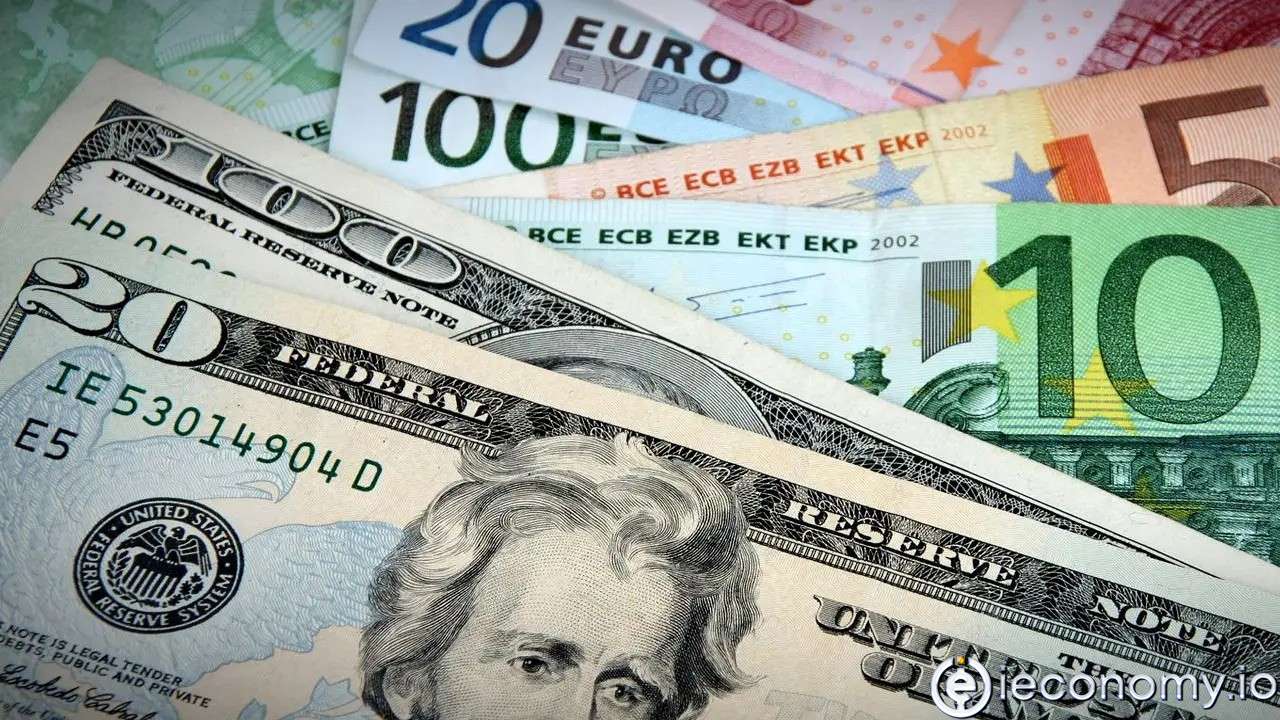
Yazar: Charles Porter
Yayınlanma: 16 Eylül 2022 11:48
Güncellenme: 30 Aralık 2025 11:15
EUR/USD Returns to Parity
EUR/USD started the week with a bounce and this bounce quickly continued after yesterday's CPI data released in the US.
Interestingly, this move was also driven by CPI pressure. In July, the CPI for June was released at 9.1%, surprising the markets by reaching the highest level in 40 years. The USD strengthened in response and the EUR/USD pair broke for the first time in over 19 years. However, as I have been discussing, a level like the pair will usually take some time to break through and the reason for this is rooted in human psychology, hence the term 'psychological level'. The price of .9999 'feels' much cheaper than just two pips below 1.0001. And this relationship expands, so a price of .9900 feels much cheaper than a print of 1.0100. This is exactly why most retailers end prices in .99 increments - it feels cheaper and thus motivates action. If something is cheap, there is a general tendency to buy, while something that feels expensive has a general tendency to sell. And in general, price movements take time to be accepted. This is something that many fields are dealing with right now, going to the store and realizing that an item is 8, 9 or 10% more expensive. That might change your buying decisions, right? These changes in prices are important as long as capital is not infinite, and this forces different buying decisions that can have a big impact on market pricing. And this psychology in the markets, as we have seen, when the EUR/USD pair is below parity, it has a hard time attracting many new sellers when the pair feels or looks relatively cheap. This is what caused the falling wedge pattern to form in the last two months as the pair came into play. Sellers have been more cautious around resistance or at support, leading to a weaker angle at the pattern's support trendline. Meanwhile, sellers remained very aggressive around resistance or after a bounce, leading to a more aggressive angle at the resistance trendline. This is why falling wedges are often chased for reversals - the same lack of motivation from sellers at support is expected to - eventually - lead to a bullish reversal. Follow Global Economic Developments on Social Media! Click here to follow Ieconomy official Facebook account! Click here to follow Ieconomy official Instagram account! Click here to follow Ieconomy official Twitter account!İLGİLİ HABERLER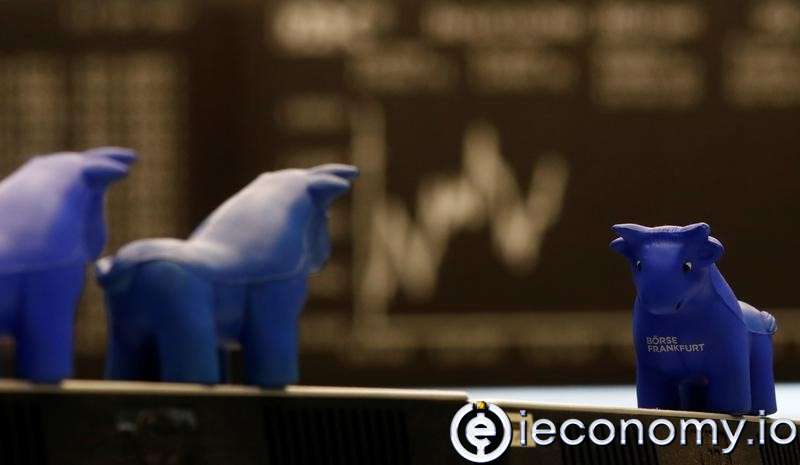
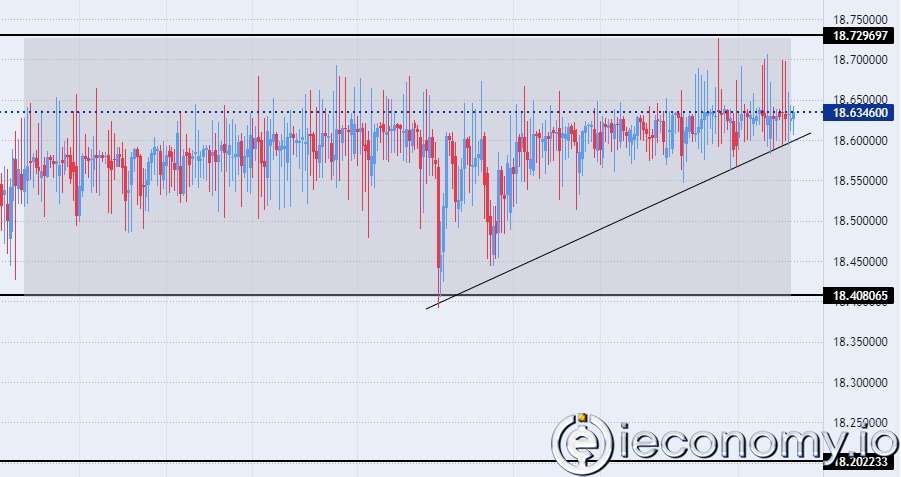
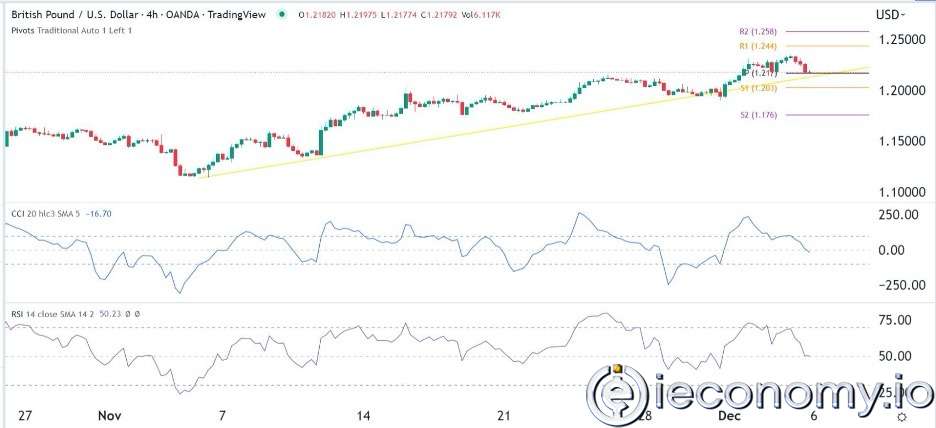
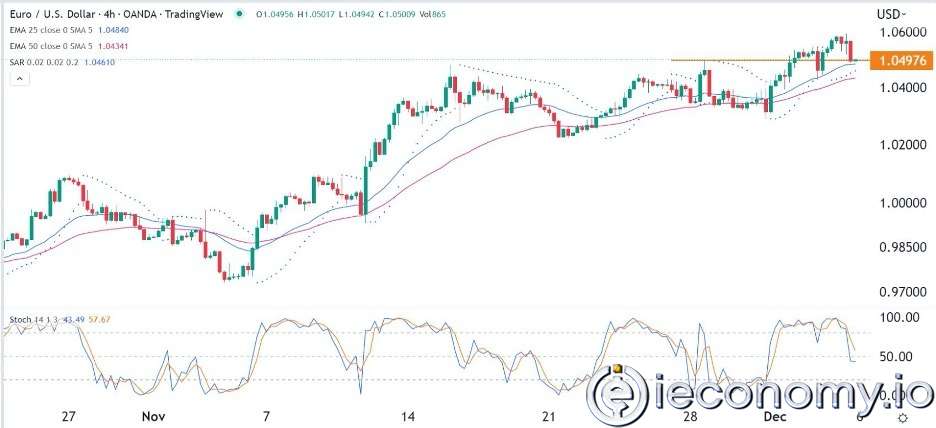
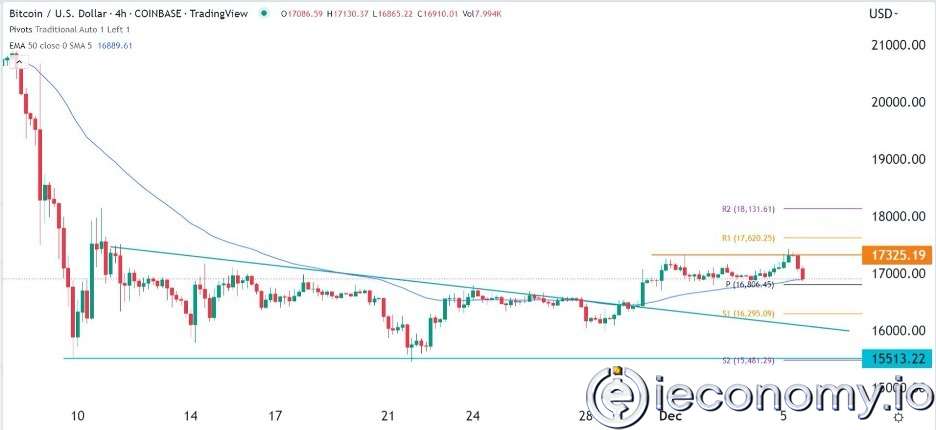

European stocks soared and focus shifted to German retail sales after Powell's speech!

Forex Signal For TRY/USD: Inflation Slowdown in November.

Forex Signal For GBP/USD: Bullish Trend Still Not Breaking While Recovery Continues.

Forex Signal For EUR/USD: Starry US Data Points to Higher Fed Increases.

Forex Signal For BTC/USD: Downside Continues as Bitcoin Recovery Moves Less.
En Popüler Haberler
Yorum Yap
Yorumlar
Henüz yorum yapan yok! İlk yorumu siz yapın...